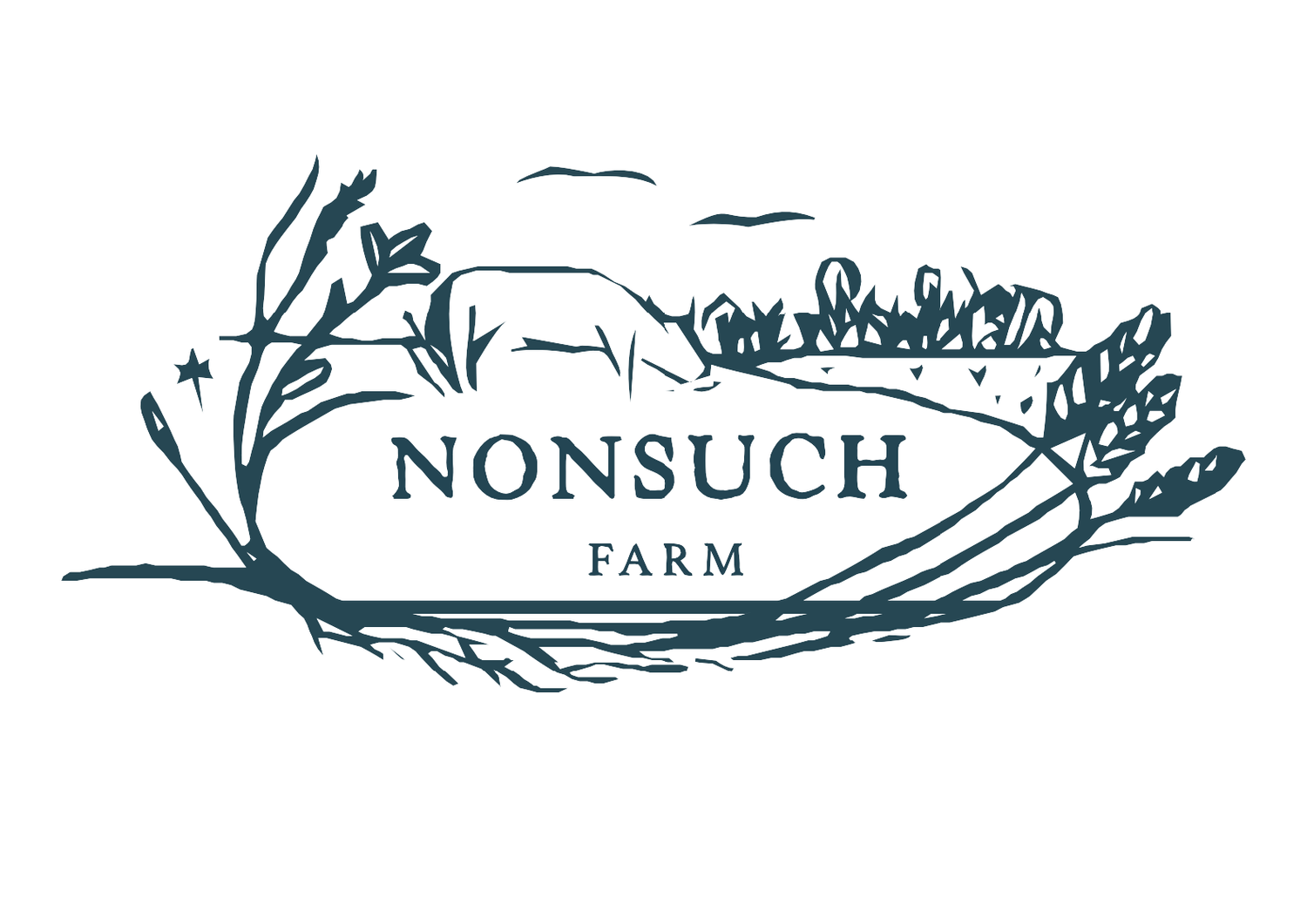Enhanced Natural colonisation hedgerows at Nonsuch Farm
Once we had decided on the layout of the farm, following several iterations through 2022, it was time for our first experiment! With our sub-divided fields, in the southern part of the farm following the field pattern evident in the 1880’s, we needed to establish both stock control (fences) and hedgerows for their many benefits; wildlife, natural crop pest predators, stock shelter, carbon sequestering etc... In total our plan called for the establishment of 3km of new hedgerow (somewhat more than was taken out post war, due to the hedged alleys hosting our permissive paths)
The majority of these hedges are to be planted in Autumn 2023 (2700m) conventionally (well, organically) with whips of as many species as we can get (it adds up to some 17,000 plants!) spirals (biodegradable) and canes. This leaves us 300m, in two 4m wide strips that we have fenced out of the field areas on both sides (thank you, taxpayer, for the support to do this) these strips now sub-divide four fields and run approximately north south, each reaching towards our wild valley area. It was time for our first experiment…
Enhanced natural colonisation, is what I called it! And I collected a team of ready and willing local volunteers from Kelsale Biodiversity group and Middleton village to assist with the project. In October of 2022, a team of 12 people visited Maple Farm (our organic neighbour) and raided their excellent hedges and agroforestry rows for fruit, berries, nuts, seeds whatever germinal material we could get our hands on! The collection resulted in many species and one massive bag full of seeds – promptly deposited on the side at home to air out (much to my wife’s consternation) additions of wild service and small leaved lime were made a little later, the lime harvested by two-year-old balanced on my shoulders.
Another neighbour (Bridge Farm) kindly rotovated the 4m strips with a tiny ancient tractor in the rain, and we were ready to enhance some colonisation! Re-gathering on the wettest day of the year so far in early November the volunteer team were given bags of seeds each (and had bought some more of their own). It took about an hour to plant what we had collected (compared to hours and hours to harvest it!) and now we wait and see, surveys each summer will tell us how we are doing, and if you are at the farm, see if you can spot the hedges planted this way!
What did we plant:
- Hawthorn (common)
- Hawthorn (midland)
- Blackthorn
- Field maple
- English privet
- Spindle
- Crab apple
- Yew
- Small leaved lime
- Dog rose
- Alder
- Wild Service
- Sweet Chestnut
- Birch
Sam Hanks. 1 June 2023
